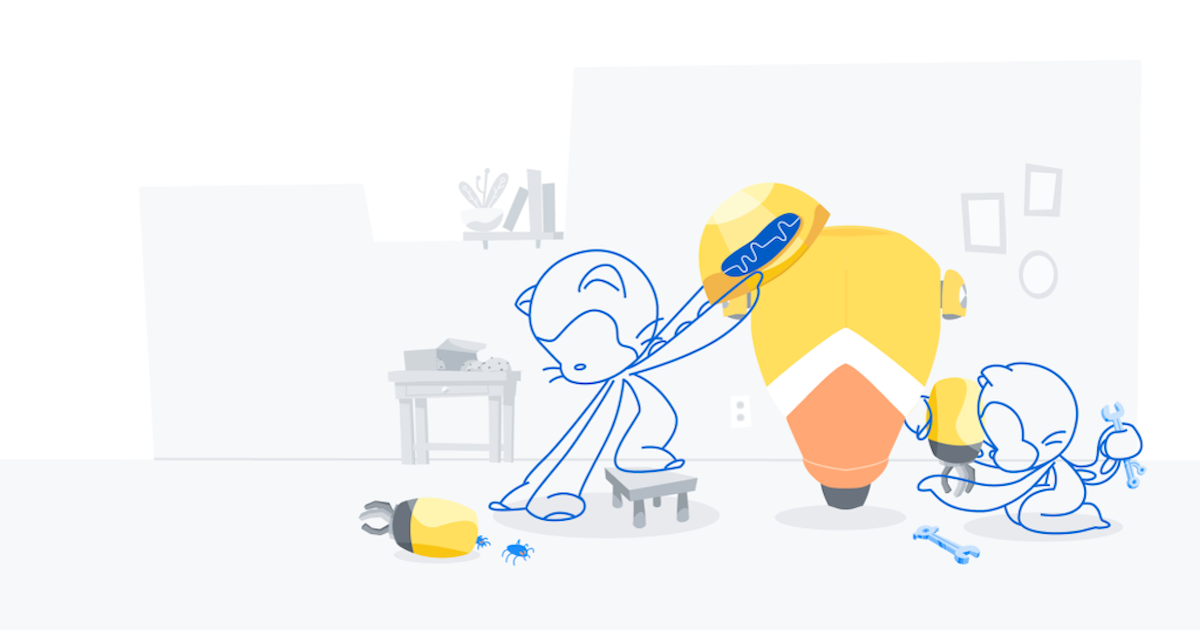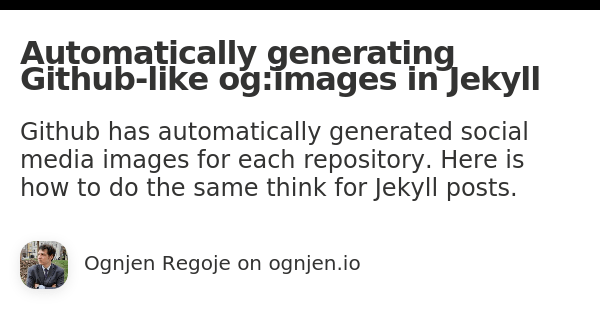
Partitioning GitHub’s relational databases to handle scale | The GitHub Blog
More than 10 years ago, GitHub.com started out like many other web applications of that time—built on Ruby on Rails, with a single MySQL database to store most of its data.
Over the years, this architecture went through many iterations to support GitHub’s growth and ever-evolving resiliency requirements. For example, we started storing data for some features (like statuses in separate MySQL databases, we added read replicas to spread the load across multiple machines, and we started using ProxySQL to reduce the number of connections opened against our primary MySQL instances.
Yet at its core, GitHub.com remained built around one main database cluster (called mysql1) that housed a large portion of the data used by core GitHub features, like user profiles, repositories, issues, and pull requests.
With GitHub’s growth, this inevitably led to challenges. We struggled to keep our database systems adequately sized, always moving to newer and bigger machines to scale up. Any sort of incident negatively affecting mysql1 would affect all features that stored their data on this cluster.






















